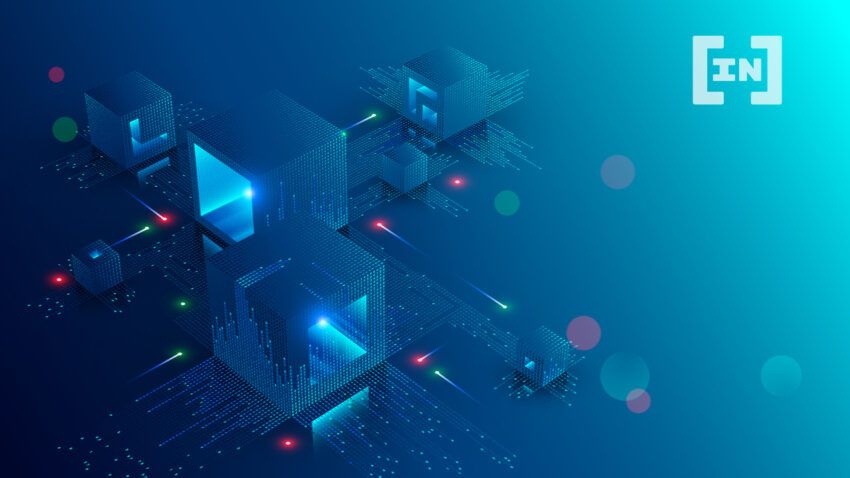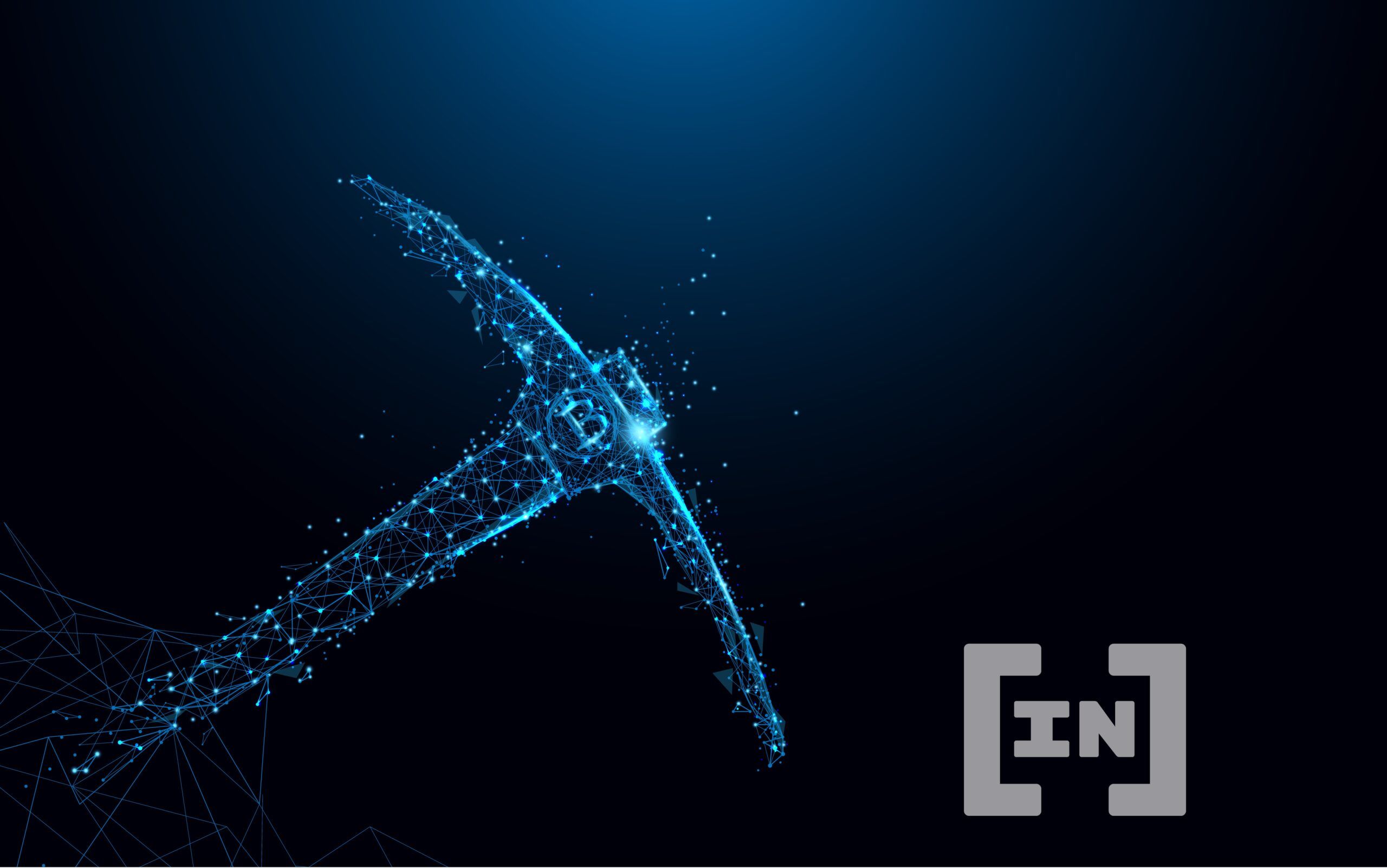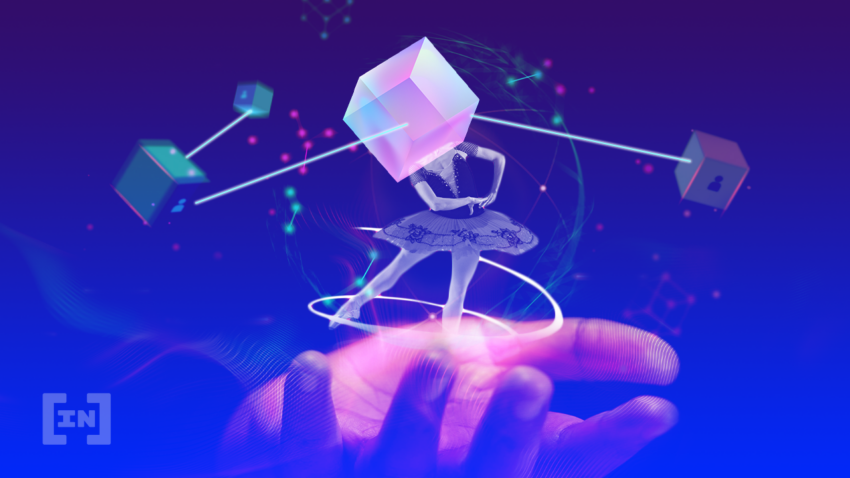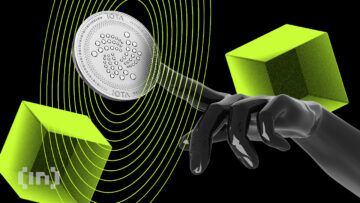One of the key elements of the so-called Bitcoin Revolution was its use of the blockchain — a decentralized, public ledger. This allowed all transactions to be peer-to-peer and decentralized. But, it also meant that the community of Bitcoin enthusiasts were required to contribute to the maintenance of the network. Much of this is done through running network nodes.
This guide will cover the importance of nodes in blockchain technology. We’ll also look at what decentralization truly means to the cryptosphere. And, we’ll investigate whether running mining nodes are still activities that can earn you a handsome profit.
In this guide:
Why are blockchain nodes important?

There is no way to underestimate the importance of decentralization as one of the elements that have made crypto an alternative to the mainstream financial system. Bitcoin and most other networks are not controlled by one entity — instead, control belongs to the community members across a distributed network.
Their role is to ensure that the network is running smoothly. These validators confirm that nobody uses the network to cheat. It also helps confirm that transactions cannot be reversed.
They do so by offering up the computation power of their computers. Older blockchain networks, such as the ones used by Bitcoin, operate using the proof-of-work mechanism. This uses computation power to verify transactions, mint new coins, and offer rewards.
Nodes contain a full copy of the entire blockchain. In this way, it functions as a universal ledger system. Any interested party can verify transaction information on the network from any point in its history. This means that the legitimacy of all transactions can be verified.
Network nodes are used to communicate information about transactions. Ultimately, they contribute to providing consensus among these blockchain users. This is the consensus algorithm at work. The nodes work as a rulebook. Or, more technically speaking, they are a point in the network where information is created, received, and transmitted.
Using a consensus algorithm
Because there are no central authority vetting transactions on the decentralized blockchain, this is done through the node validators. The consensus algorithm takes all the information provided by the nodes and ensures that they have reached a common agreement. This ensures the security and reliability of the network transactions.
Blocks are big chunks of data that are added to the blockchain. Miners don’t confirm transactions one by one. Rather, the blocks contain the information for a large number of these transactions. The blocks return to their original location once the information has been confirmed. This is why the digital network is quite literally a blockchain.
A block is closed, and another can be added once all the data related to a transaction has been validated. The nodes guarantee that the info captured in the block is the only truthful version of events.
But how are individual crypto users incentivized to participate? Many crypto users act as miners on public blockchains. The miners are responsible for helping create the transaction’s “hash.” This is an identifier that works similarly to the number on a receipt. To produce this, the miners need to solve a complex mathematical problem.
What is hash mining?

The goal of crypto mining is to confirm transactions as quickly as possible. The speed and accuracy serve both the network and the individual miners. There is a requirement to produce a specific answer to a mathematical problem. Because of this, a higher number of miners and greater computational power help the network receive an answer quicker.
Mining nodes have the same characteristics as full nodes or receive their info from other nodes. For the additional task that they complete, they receive crypto rewards when a new block has been mined on the network.
Most of the miners in the network use ASIC (Application Specific Integrated Circuits), specialized computers designed to calculate hashes as quickly as possible. Calculating more hashes per second equals a greater likelihood of finding the answer required to complete a transaction.
Having a higher hash rate means being able to calculate more hashes per second. The miners take one block of data and use this as their input for the hash function with which they operate. The miner wins the reward when the hash value is lower than the network difficulty. If that’s not the hash, the miner continues calculating more hashes. When the transaction is confirmed, it is added to the blockchain. Part of the newly-minted cryptocurrency goes to the miner as a reward.
Types of blockchain nodes
Now we know how network nodes are computers within a network that receive and share information. This information is used in the maintenance of the integrity and security of the network.
However, the nodes themselves can have different characteristics. These usually involve their power within the network and their capabilities. Let’s look at the most important types of network nodes.
Archival full nodes
The full nodes sit at the heart of the blockchain network. They are especially important for the fact that they offer governance rights. It takes a majority of node votes for a proposal to be accepted. Furthermore, this majority can lead to the establishment of a hard fork.
Unlike others on the list, archival full nodes record the entire blockchain, noting the details of every single transaction. Validation of nodes and maintenance of the consensus are its primary uses. Some archival nodes can add blocks to the networks, while others cannot.
Light nodes
Lightweight nodes is another name for these. The light nodes save up on storage space by downloading only select information. Simplified payment verification (SPV) uses them. The light nodes are unusable without the archival full nodes.
Pruned full nodes
The pruned full nodes also help maintain storage space. They “prune” older blocks in the network by deleting them. In the end, the pruned full nodes maintain only the most recent transactions based on the storage specifications determined by the owner.
Mining nodes
Mining nodes confirm the transactions required for the creation of new blocks of data. To achieve this, the mining nodes are either archival full nodes or retrieve the information from a node. Unlike regular nodes, the miners also receive rewards for the additional benefits that they bring to the blockchain.
Authority nodes
Authority nodes are of use to centralized blockchains. The owners of these networks will decide upon the validators of transactions. In the Delegated Proof of Stake system, for example, the network’s users take a vote on who gets to validate the following block. However, in purely technical terms, authority nodes have the same features as full nodes.
Masternodes
Masternodes are similar to full nodes, but are unable to add blocks to the network and only serve to verify and record transaction information. In this case, similar to miners, owners of the master node earn rewards expressed in the native token of the network.
Lightning nodes
Lightning nodes help facilitate off-chain transactions by connecting users from inside and outside of the blockchain. Transactions carried out in this way tend to be quick, cheap, and secure. Lightning nodes have greatly assisted in reducing the costs of using networks such as Bitcoin.
Why should you consider running a node?

Running a node only, primarily, has a key role in maintaining the smooth functioning of a blockchain network. Unlike miners, nodes do not earn financial rewards. However, this does not mean that the action itself does not carry advantages for both the individual and the community.
First of all, running your own node increases the level of security for your own transactions. This helps provide you with much greater autonomy. There is no requirement to appeal to the services of a third-party service. And, of course, this means much greater control over your money than with the classic financial system.
Furthermore, you will be contributing to safeguarding the security of the blockchain network. Bitcoin would simply not exist without people doing this work!
Not only that, but you will be able to take part in the governance process. This means that you have a real say regarding, for example, system updates. And, in the event of a fork, you will be entitled to a sum of crypto on the new network that corresponds to your already existing balance.
Finally, while you may need to improve your technical knowledge, you will be happy to know that running a node is quite affordable. There is no requirement for expensive supercomputers, unlike the task of being a crypto miner. An affordable computer, a strong internet connection, and a willingness to learn some technical aspects are the only requirements.
Computational power is not only a requirement for issuing new coins. The higher the amount of the computation power, the higher the security level of the network will be. This thwarts the potential for hacking the network. It also works maintaining Satoshi Nakamoto’s original vision for a truly decentralized network.
Basics of setting up a node

Running your own Bitcoin full node can be a rewarding experience. This not only allows you to take part in the construction of the crypto ecosystem itself, but also helps you attain new technical expertise.
While, yes, there are a number of technical aspects that require a greater degree of scrutiny, there are a number of elements that you need to be mindful of.
First of all, there are several minimum requirements involved in running a node. As mentioned previously, however, there is, generally, nothing outlandish involving computation power.
- You will need a computer that uses a recent version of Windows, Linux, or macOS.
- You will need at least 2 GB RAM and 200 GB of free disk space.
- Finally, you will need an unmetered connection and, at least, six hours a day during which the node can run.
The Raspberry Pi is the most popular device used for running a Bitcoin node. The Raspberry Pi is a small, affordable computer with enough storage and computation power for this particular task. From here, you will need to install the hardware, the operating system, and the Bitcoin software to run your node.
Blockchain node providers
The blockchain node providers are an alternative to individuals running their own nodes. These providers offer APIs that help developers create automated workflows for managing a blockchain node.
As we mentioned earlier, there are numerous issues that users may not want or be able to deal with when setting up a node. These blockchain-as-a-service provide the infrastructure required and reduce the difficulty involved in the task. Cloud mining, for example, is possible through services such as this.
These companies can provide access to blockchain networks such as Bitcoin, Ethereum, Monero, and others based on the requirements of the client. These services allow the clients to access the blockchain information at any time.
The expenses of such services are determined by factors related to costs of setting up the node (personnel, hardware, software, etc.), as well as operating costs. Still, there are a number of highly popular node providers such as Infura, GetBlock, and Alchemy. These companies boast good reputation and a large number of users.
Nodes are a fundamental part of a blockchain
Blockchain technology has a tremendous amount of uses. One of its key tenets, however, is the importance of adhering to a decentralized system. In order for this to work, the network depends on the contribution of regular users. They contribute to the functioning of the system. They can vote on important issues within the network. And they earn rewards for their efforts.
The proof-of-work mechanism may have come under fire, primarily, because of environmental concerns. Yes, it is true that running such a system requires an enormous amount of computation power. In turn, this involves the use of plenty of energy. However, its benefits may well outweigh the cons.
Nodes help this kind of public network operate. Individuals may have various motives for running their own nodes. Some do this with the intention of earning a profit. Others might also be concerned with helping the network run smoothly. Regardless, nodes remain the nerve receptors of the blockchain network.
Whether you want to learn more about nodes or other complex concepts, the BeInCrypto Telegram group is for you. We’ve got a very friendly community that is always willing to help!
Frequently asked questions
What are nodes in a blockchain?
Nodes represent crypto users and their devices, who help verify activity on the decentralized ledger known as the blockchain.
How many blockchain nodes are there?
There are a few types of blockchain nodes. Most of them are a variation of the archival full node that records the entire ledger and offers governance rights. However, light nodes, mining modes, masternodes, or lightning nodes also exist and serve their own role on the blockchain network.
What is a node in Bitcoin?
A network node helps validate transactions on the Bitcoin blockchain. The nodes receive and transmit information that assists in adding new blocks and minting new Bitcoin.
Is a wallet a node?
A full node that is used in verifying transactions on the blockchain can include a wallet.
Are crypto wallet nodes?
Crypto wallets aren’t necessarily network nodes, as they don’t automatically assist in validating transactions on the blockchain. However, lightning nodes, which help validate off-chain transactions, can operate as nodes. Furthermore, full nodes will include a wallet function so that users can store their crypto.


